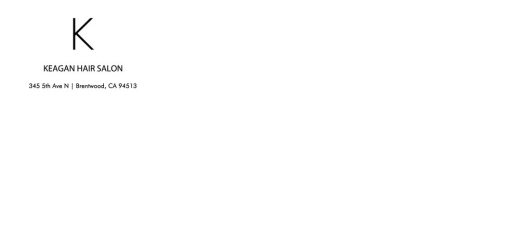When creating a letterhead for your business, it's important to keep it clear, concise and professional. The design is a representation of your brand's image. Additionally, this is the first impression potential clients, customers or future partners will get of your company.
If you're thinking about revamping the design, it is necessary that all of your business products reflect the update – envelopes, notepads, employee business cards, thank you letters, etc. Everything should be uniform to indicate professionalism and increase brand awareness. If all of the documents are mismatched, it'll seem like you're working in a care-free environment, which decreases the attractiveness of your company.
Here are six tips for designing a professional letterhead:
1. Text
Before you begin to craft a design, it is beneficial to figure out what information to include on the layout. An effective letterhead should feature the company name, logo, address and phone number. If your business has a slogan, feel free to add that as well. Start by sketching the design to make sure everything lines up and is visually appealing.
2. Typeface
Letterheads only take up a small portion of a document, so steer clear of curly fonts, and opt for something more contemporary that is easy to read. You want your company logo to stand out more than the information underneath it, so keep the font size on the smaller side. You'll have to play around with different fonts and proportions to make sure they complement the logo rather than overpower it.
3. Color
If your company has a branded color scheme, include those colors in the logo, but not in the other text on the letterhead. Remember: The logo is supposed to be the attention grabber, not the fax number. When you add the logo onto the letterhead, never change the colors. This will alter your brand's image and may cause confusion to the general public. All other text, including the slogan, should be neutral in color like black, dark gray or navy blue.
4. Graphics/white space
The logo is already considered a graphic, so avoid adding unnecessary designs or funky shapes. White space (or negative space) is a key element in a letterhead design that ensures clarity. If you've never heard of white space before, it's exactly what it sounds like: it's the empty space in a page or a portion left unmarked. This untouched space allows your brand's identity to stand out without having any distractions. White space doesn't have to be white, either. It just has to be free of unnecessary text or images. This way, your clients, customers and business partners are able to solely focus on the company logo.
5. Layout
Map out a couple of options in terms of where you want to place all the elements you're including in the letterhead. The simpler the layout, the more readable it will be. Consider breaking up the design and placing the logo in one corner and the additional information in another. If you choose to break it up this way, you have more room to play around with font sizes, as the text won't overpower the logo if it is on the opposite side of the document.
6. Proofing
Don't forget to triple check your letterhead text before you have it printed. A spelling error, misplaced punctuation marks or false information will drastically reduce your company's credibility. Pass the letterhead around the office a couple of times to ensure all mistakes are corrected.

